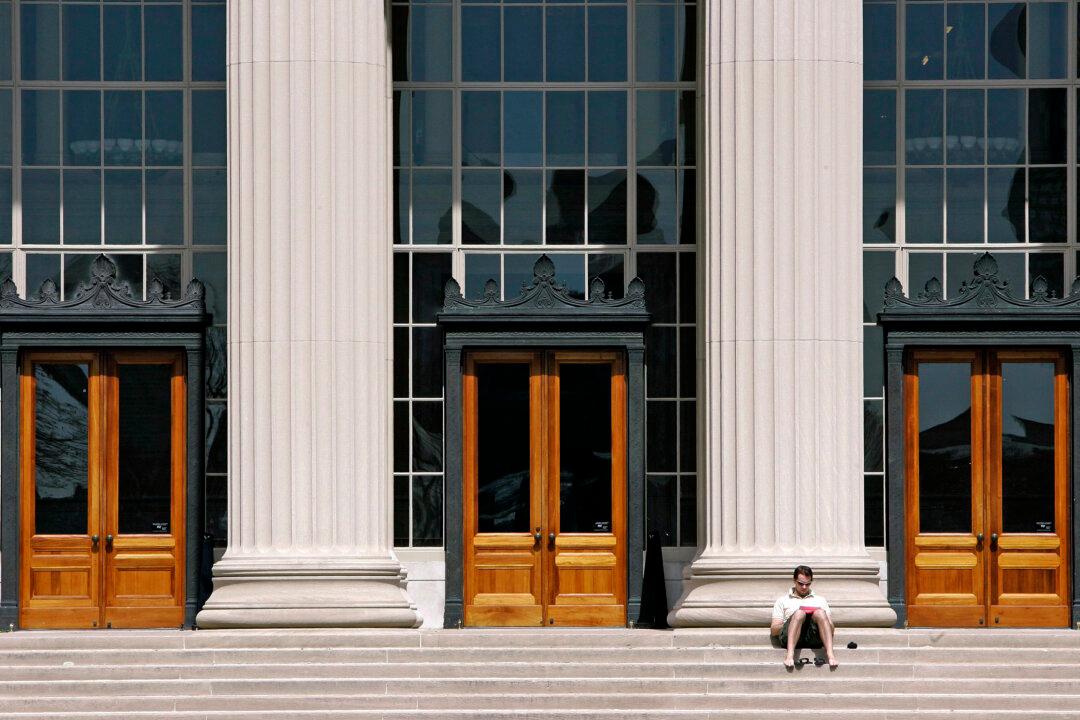Commentary
Viewpoints
Opinion
Can States Play a Small Role in Saving Higher Education?
Will higher education look like it does today, only smaller and leaner? Or are we witnessing the start of a radical transformation in how education is acquired?

Dragos Blaga/Unsplash.com
Dr. Siri A. Terjesen is associate dean, research & external relations, founding executive director of the Madden Center for Value Creation.
Author’s Selected Articles





